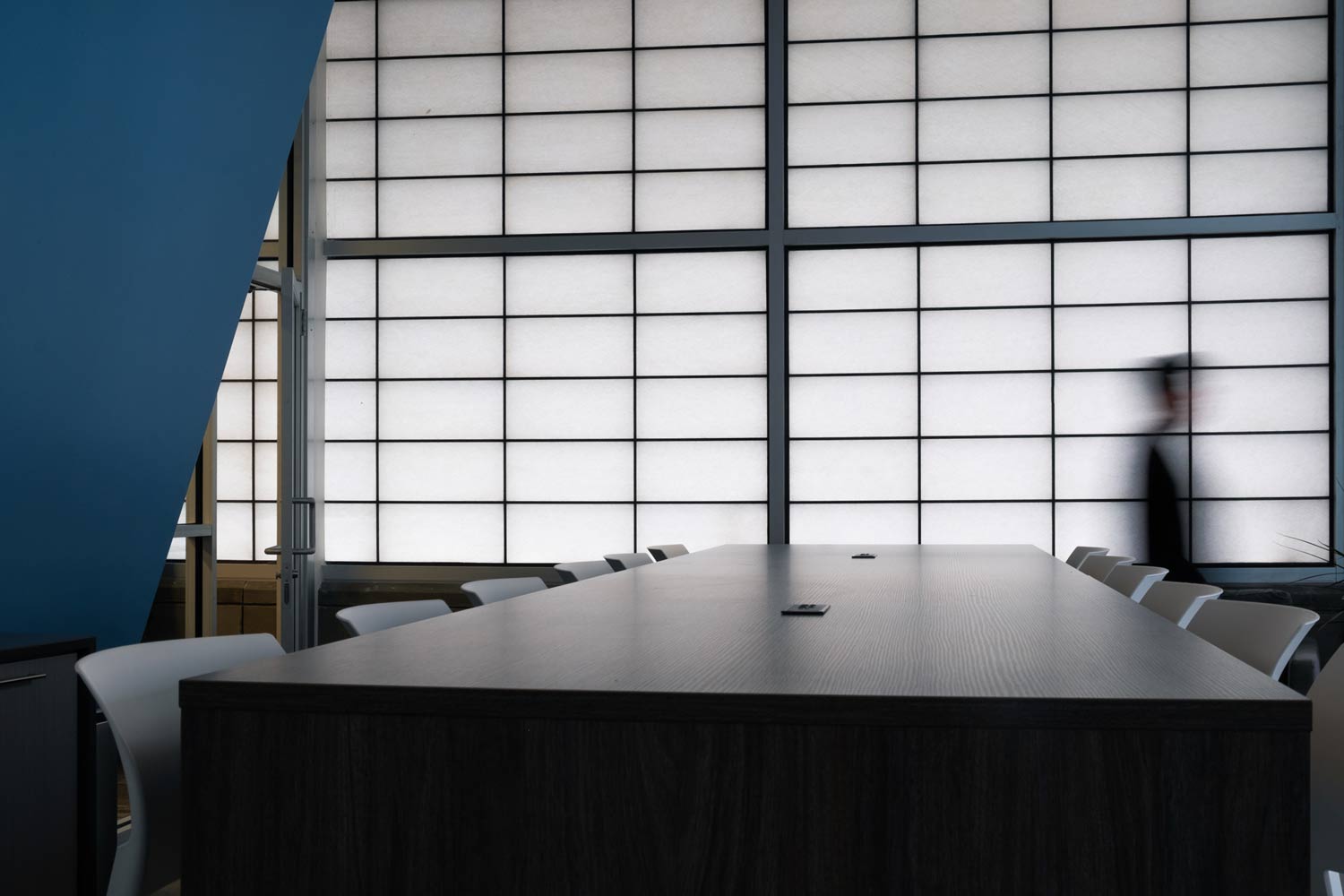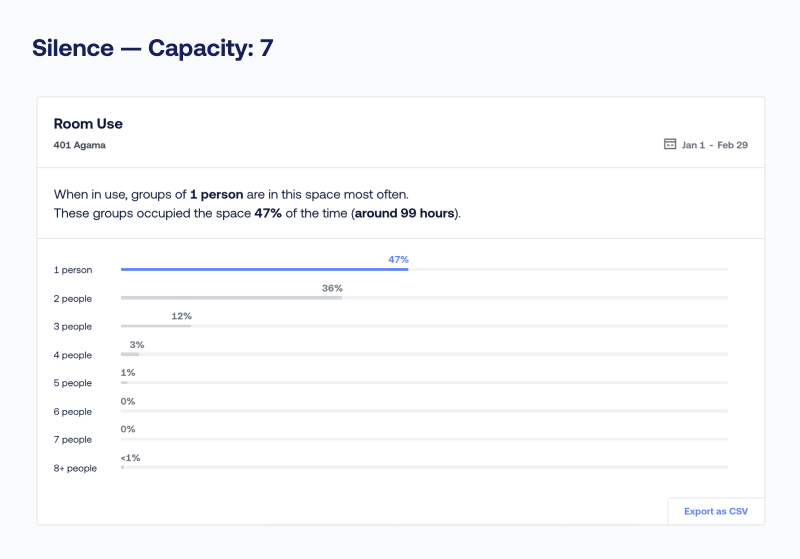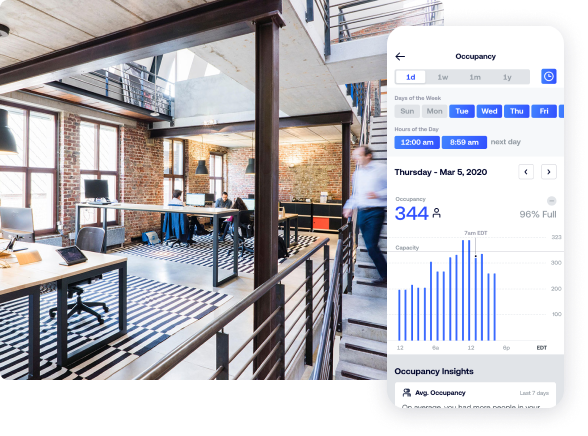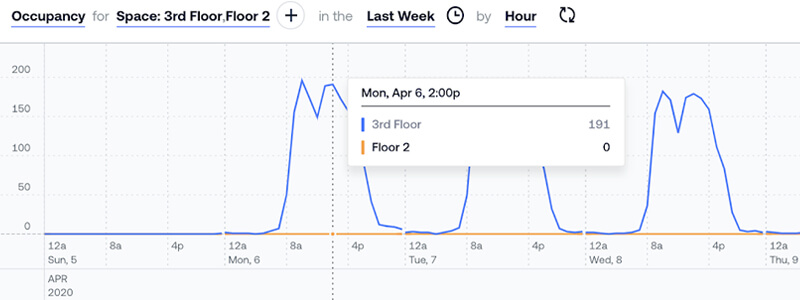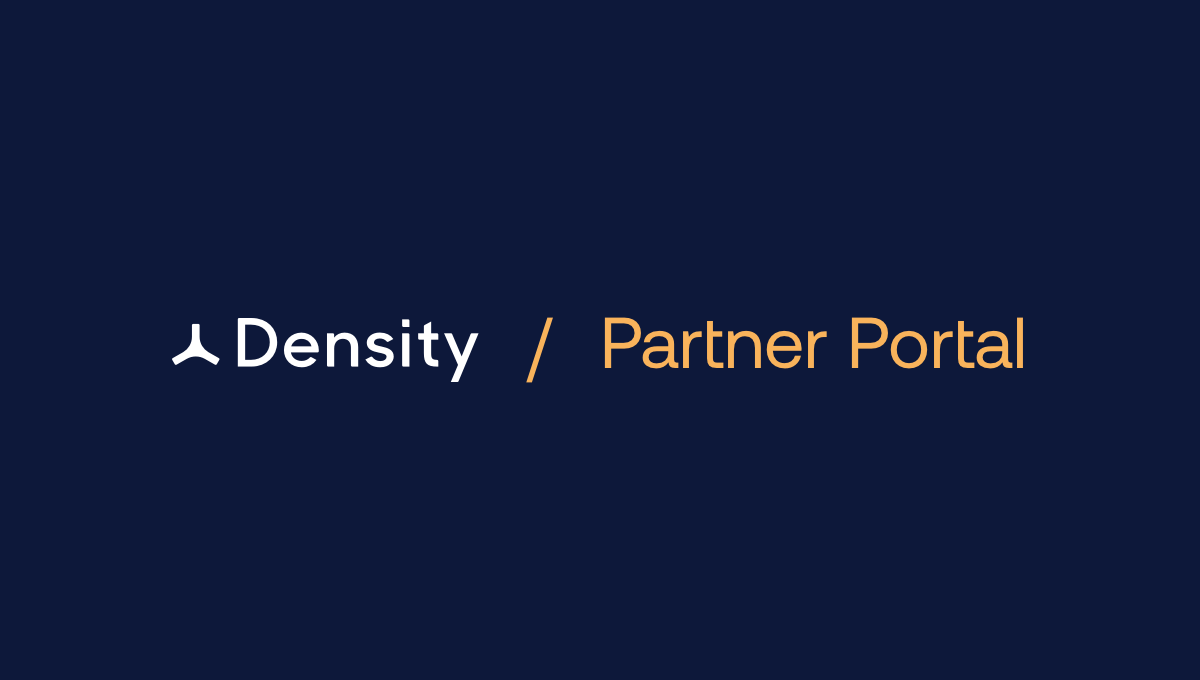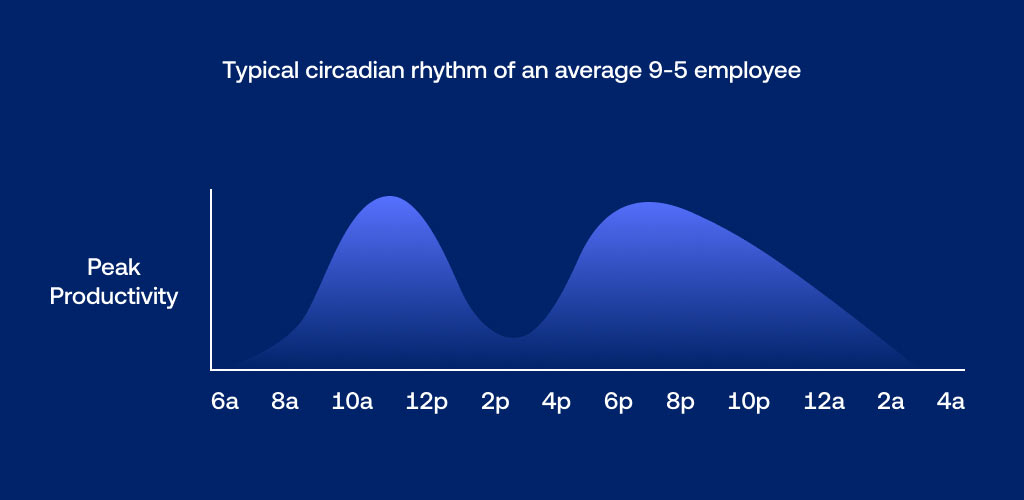There is no shortage of predictions about the return to the office. If employees can and want to work from home, dedicated desks seem unnecessary. If people come to the office to collaborate, huddle spaces should replace workstations.
But predictions aren’t foregone conclusions. No one knows what the near or long-term future holds. Not generally speaking, and certainly not specifically for your organization.
While predictions are fun to read, smart decisions depend on data. But here’s the challenge: your workplace is constantly changing. Your employees aren’t sure what relationship they have with your office. Will they come in daily? Stay all day? Sit at a workstation or roam?
Even if they know the answers to these questions today, those answers will likely change over time. In the post-pandemic era, employee behavior will be dynamic.
How do you make sure your workplace experience matches the changing needs of your workforce?
AB-test your workplace.
In the digital world, AB testing is when you compare two versions of a webpage, ad, or app against each other to determine which one performs better. A simple example is testing two ads with different headlines to see which gets more clicks.
This same approach can work with physical space. But rather than clicks, you measure occupancy — which design or space type gets used more often.
We’re seeing this happen right now with the return-to-office. Many of our customers implemented flexible work experiences and neighborhoods before the pandemic. The pandemic gave them the opportunity to advance on this journey by testing these spaces to see which experiences are most useful to their employees.
So, how do you AB-test a space? Let’s walk through our own experience of AB-testing an underused meeting space in our San Francisco HQ.
AB-testing our conference room
We ran an AB test in one of our conference rooms pre-pandemic. It began with a hunch: one of our meeting rooms appeared chronically empty, but we had no idea how often or why.
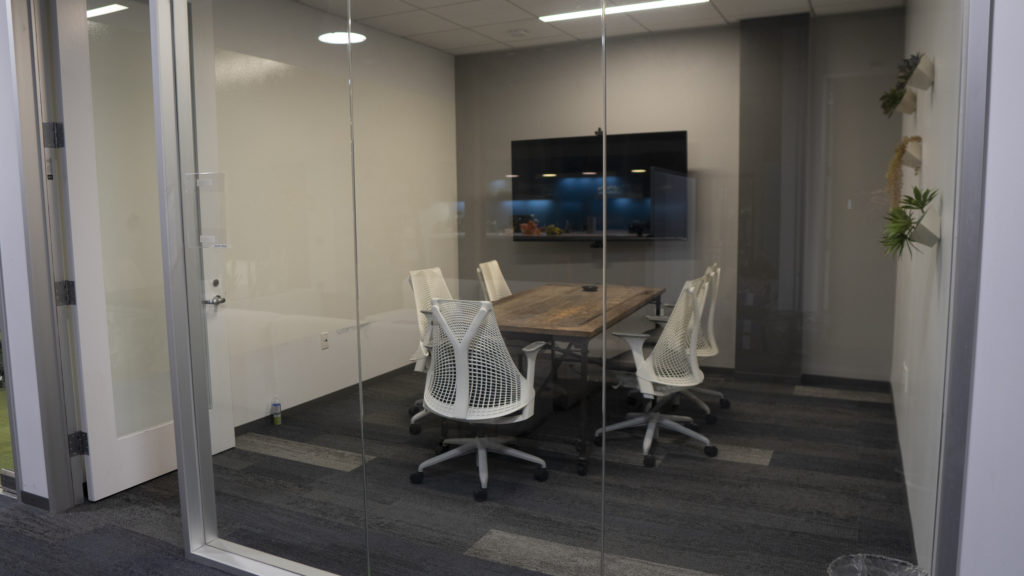
From that hunch, we made a hypothesis: If we made the space more inviting, more people would use it throughout the day.
Then, we set out to test our hypothesis.
For that, we needed a baseline (we pulled a utilization report from our Density dashboard).
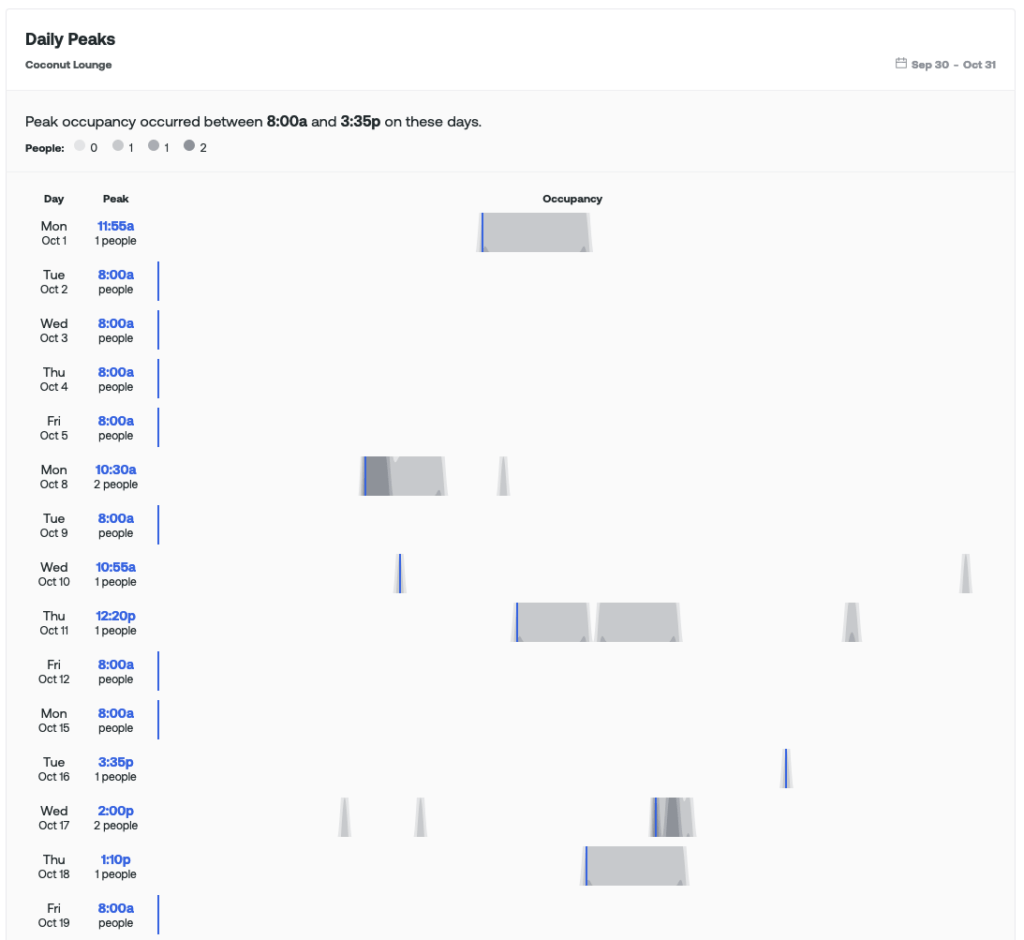
Data confirmed our hunch: The room was designed for four people, but in a typical workday, the room was empty or used by just one person for 96% percent of the workday.
We brought in furnishings from other lounge areas around the office, including a plant, lamp, and soft seating. We wanted to encourage in-person group meetings while not abandoning the room’s value as a space for video conferencing.
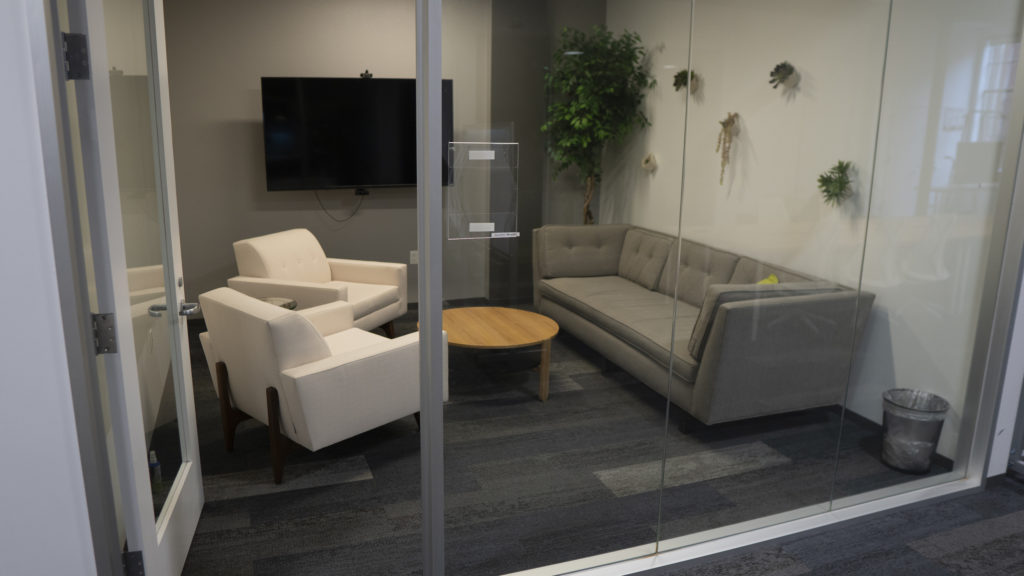
Then, we measured the real-time use of the space. Shortly after the redesign, we saw a substantial peak in utilization:

But that data could be misleading. People flock to new experiences. We extended the test to see if space occupancy remained high. After one month, the trend continued to show people use the new space design.
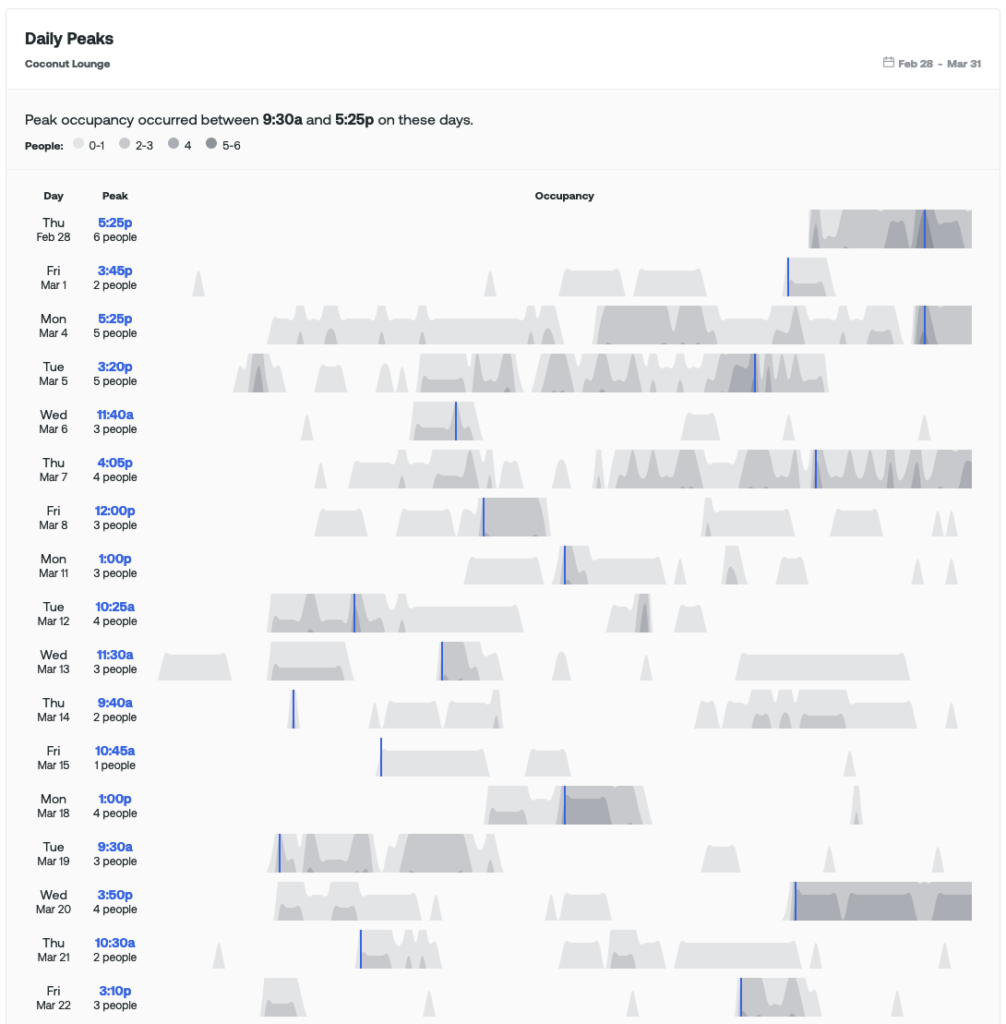
A few months later, data concluded that the redesigned space had 246% more visits in the past quarter than in the previous quarter.
Now that we knew that our team liked the new design, we wanted to find out why — so we surveyed employees. The overall consensus was that with the new design, meetings felt more relaxed and welcoming. Employees wanted to use that space because it helped them collaborate and brainstorm.
Every space is testable
We tested one space, but every space and configuration is up for testing. Is no one using your soft-seating? Relocate it or replace it with workstations. Is your conference room always in use? Add movable desks that let teammates create impromptu scrum spaces.
The most effective way to manage the new workplace is to adopt an iterative, scientific mindset for testing workplace design. Each test brings you closer to supporting the evolving needs of your employees.
Like us, you can start with one room, one hypothesis, and one test. From there, expand to other spaces. Redesigns don’t have to be expensive or resource-intensive. Swap out furniture from one space to another.
AB-testing is a powerful way to breathe new life into underutilized spaces and experiment with new configurations before making more significant decisions (like buying or shedding space).
As you embark on AB-testing your space, remember the most critical components:
- Create a hypothesis
- Establish a baseline
- Reconfigure your space
- Measure real-time utilization data
- Get employee feedback for context
- Keep on testing
Most importantly, develop a willingness to experiment and learn. The new workplace is dynamic. You must be, too.


